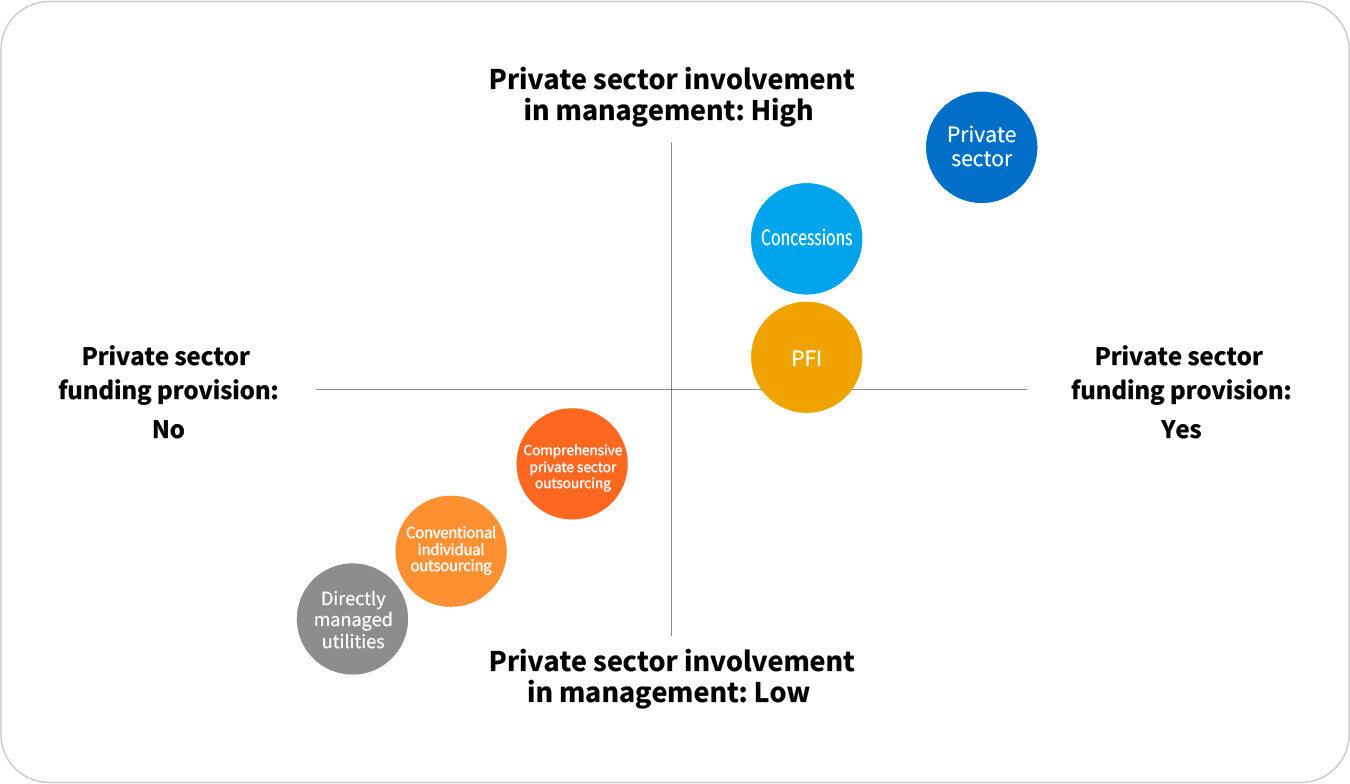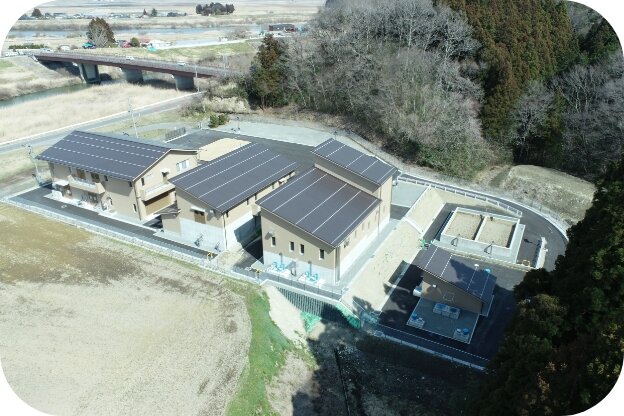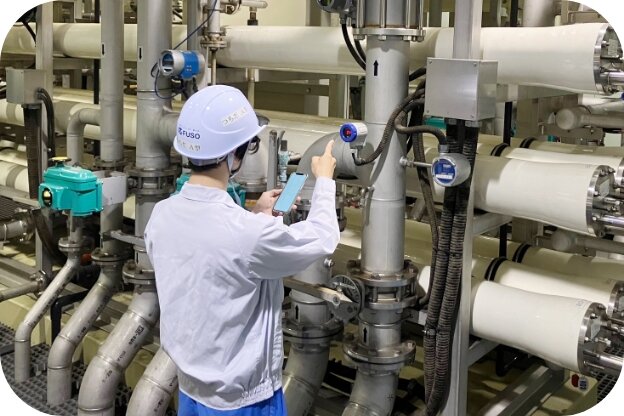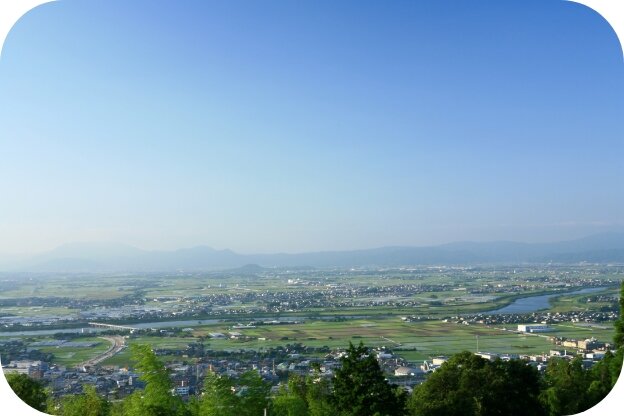


Public-Private Partnerships
Leading Public-private Partnerships to Ensure Sustainable Water for Future Generations
As local communities face diverse challenges such as declining birthrates, aging and shrinking populations, and financial difficulties, water infrastructure is also facing issues such as deterioration and technological succession in maintenance and management. Amid this, communities need fundamental and sustainable solutions to address these problems. Even if the fundamental issues may remain the same across municipalities, each local area will face its own unique challenges, leading to as many solutions as there are communities. That is why we at FUSO, armed with our experience and solutions as water professionals, will work hand in hand with local communities to promote public-private partnerships and pass on water as a sustainable resource to the next generation.
FUSO's Initiatives: Vital to the Future
We believe that a public-private partnership business model that works hand in hand with local communities is indispensable in order to solve issues surrounding water in regions throughout Japan with dynamic ideas and technological capabilities, and to realize sustainable local communities together.
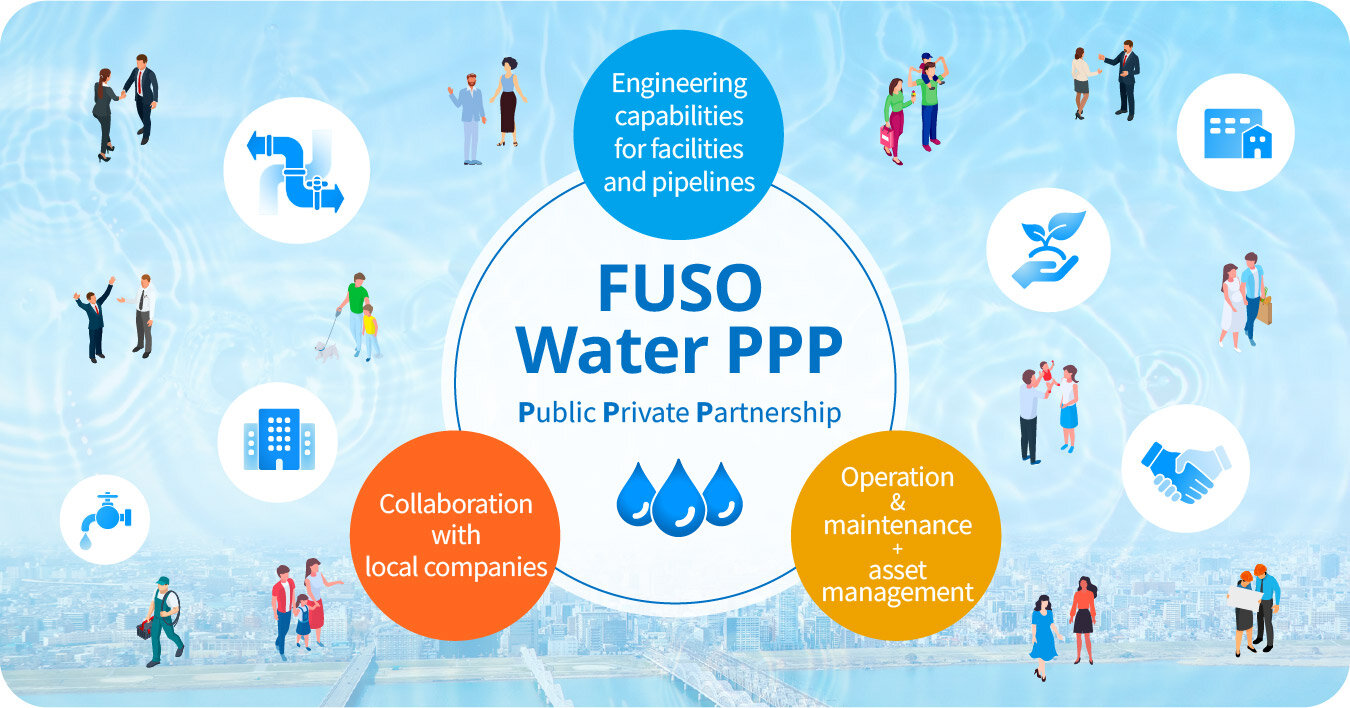
What is a Water PPP?
A PPP, or public-private partnership, is a commercialization method in which the public and private sectors work together on public projects. Specifically, a water PPP refers to the areas of water supply, sewage, and industrial water supply. The PPP (Public-Private Partnerships)/PFI (Private Finance Initiatives) Promotion Action Plan (2023 revised version) was decided at the Private Fund Utilization Business Promotion Council meeting on June 2, 2023, showing the government's support of this movement. PPPs and PFIs are positioned as a new pillar of public-private partnership and are to be promoted to achieve a project scale of 30 trillion yen over the 10 years from 2022.
Major Benefits for Municipalities Utilizing Water PPPs
Achieving preventive maintenance and management / Controlling maintenance costs / Maintaining and improving service level for local residents / Strengthening and extending service life of infrastructure / Reducing human labor burden / Reducing infrastructure failures (water leakage, breakdown, etc.)
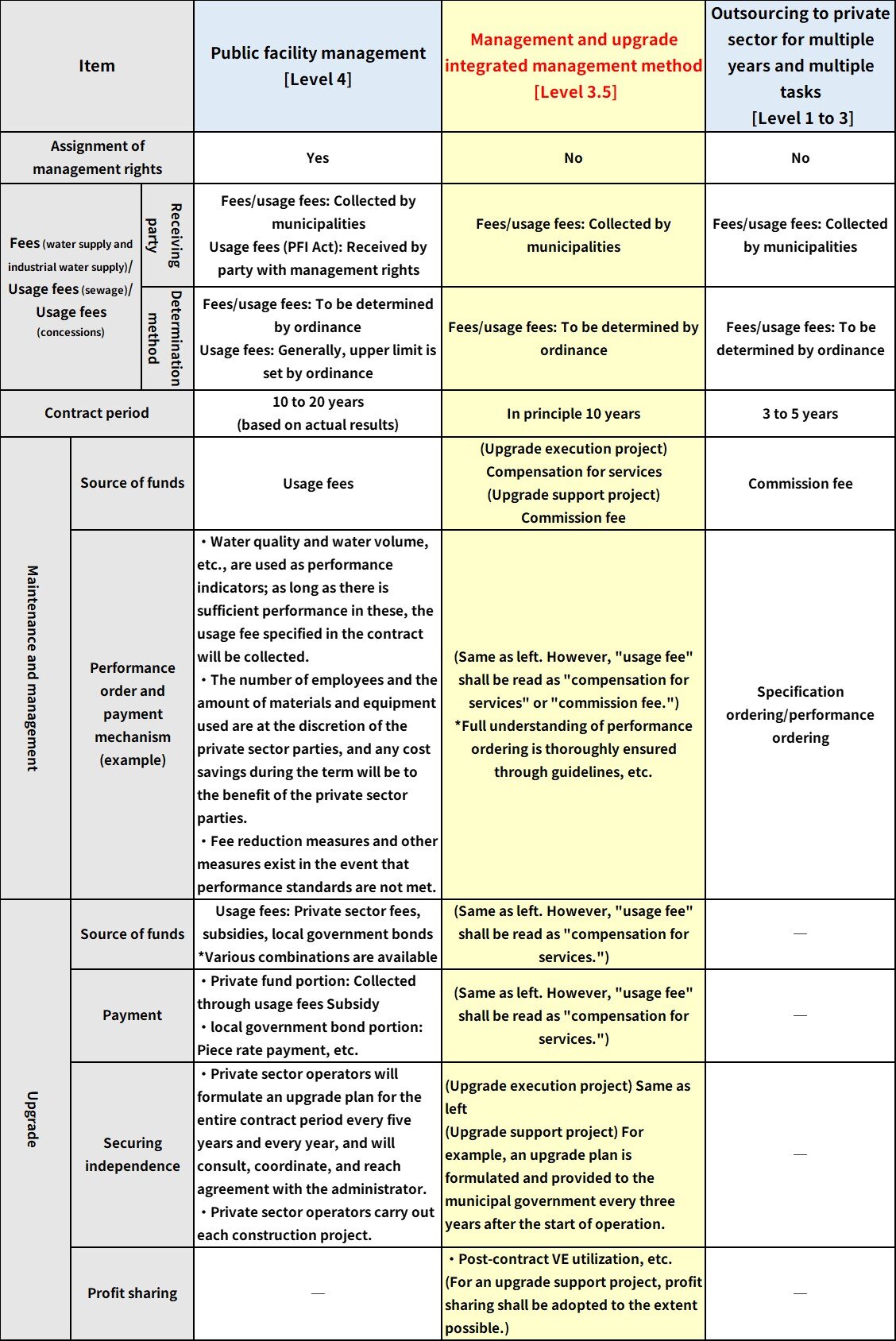
Source: Cabinet Office, Government of Japan, Outline of Water PPP
What is the Concession Method (for Public Facility Management)?
A method in which the public entity retains ownership of public facilities for which usage fees are collected, while the right to operate the facilities is assigned to a private sector operator (introduced with the 2011 revision of the PFI Act). The objective is to provide high quality services that reflect the needs of users by enabling stable and flexible operation by private sector operators of public facilities owned by public entities. In principle, the contract period shall be 10 to 20 years.
Management and Upgrade Integrated Management Method
As a public-private partnership method for gradual transition to the concession method, management and upgrade are managed in an integrated manner under a long-term contract. This method was newly established in the 2023 Promotion Action Plan. The term of the contract shall be 10 years in principle, taking into account corporate desire to participate, the ease of implementation by municipalities, economies of scale, investment returns, employment stability, human resource development, and other factors.
What is a PFI?
A PFI, or private finance initiative, is a method for implementing public works projects that aims to provide public services at low cost and with superior quality. In this method for public works, public facilities are designed, constructed, renovated, upgraded, maintained, managed, and operated by utilizing private-sector funds, management capabilities, and technical expertise (know-how). This differs from classic Japanese privatization models such as that of Japan Railway (JR) or Nippon Telegraph and Telephone (NTT) in that municipalities are the client and the project is carried out as public works.
